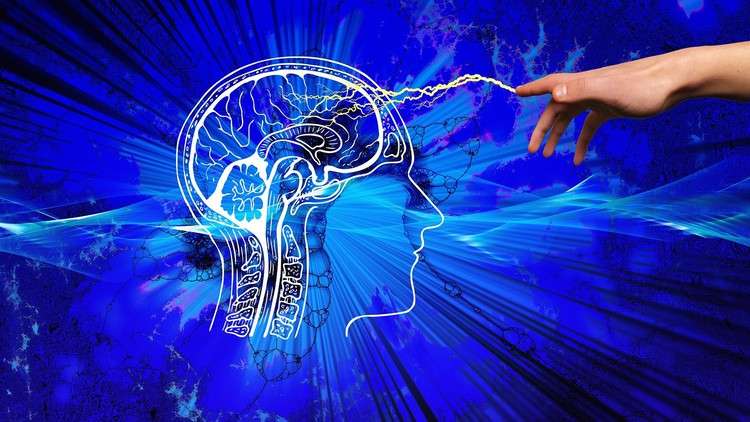
A concept for neurorehabilitation of stroke survivors (certificate + MaSoNT 1st ed. e-book included)
What you will learn
Familiarize with this innovative technique in the dynamic field of neurorehabilitation.
Look into physiology of stroke patient’s neurorehabilitation, physiology underpinning neuroplasticity and the mobilization & stimulation of neuromuscular tissue
Physiology and research behind MaSoNT.
Application: Basic principles, indications/contraindications, presentation and application of every technique for the hemiplegic upper and lower limb.
Description of MaSoNT as a spasticity predictor tool.
Implementing motor learning into clinical practice
Description
Mobilization and stimulation of neuromuscular tissue (MaSoNT) is a “hands-on” treatment technique which is applied in neurorehabilitation and aims to enhance and facilitate muscle activity. At MaSoNT, the therapist applies several maneuvers in order to bring nerve and muscle fibers into contact as this elicits recovery responses for stroke patients in terms of both facilitation and inhibition.
In this course, details with regards to physiology is given at the first part. There, some analysis is provided on physiology of how the generated signal is triggered and travels all the way to the higher centers of the central nervous system in healthy individuals. Moreover, there is some emphasis on how stroke changes it all and then focus on what is the physiological response on the “bottom-up” somatosensory techniques we therapists apply in every-day clinical practice. To that end, you will find interesting to learn how motor learning works and offers the principles upon which us therapists choose to guide the procedures of cortical reorganization inside stroke patient’s brain towards functional recovery. To sum up, in this part you will learn why we use MaSoNT in stroke recovery.
Afterwards, the evidence that exists for MaSoNT will be presented. There are some interesting pieces of research that support the use of the concept’s techniques and you will find it helpful to learn that MaSoNT is not only theoretically or empirically established, but also clinically to some extend. This part shows what MaSoNT could be a really optimal approach to include in your treatment plan.
Lastly, there are videos demonstrating the application of the techniques on the upper and lower limb of stroke patients. Initially, there are mentioned some key points to keep in mind before applying the techniques. After that, the demonstration of each and every facilitatory or inhibitory technique of MaSoNT is presented as well as a bit with an explanation on how to educate your patient to apply the basic facilitatory technique on their own hand.
Specifically, the student will watch and learn:
- The basic facilitatory technique for the upper and lower limb
- The alternative facilitatory technique for the upper (pinching and finger swiping) and lower limb
- The basic inhibitory technique for the upper and lower limb
- Twisting for inhibition again for both the upper and the lower limb of a stroke patient.
In the end of this part, there is an elaboration on how to make best use of the techniques.
The last part is dedicated to using MaSoNT as prognosis tool for stroke recovery. After highlighting what a prediction algorithm is and why it is important to use one to predict stroke recovery, the APRAHL algorithm is presented, an algorithm that relies heavily on MaSoNT’s basic facilitatory technique. There is still a lot of research waiting to be published in that aspect, but the student may find it interesting to keep this pathway on mind. Several multiple choice quizzes enrich the lectures in order to clarify that you comprehend correctly the practical and theoretical key points of the concept. The conclusion summarizes everything taught in the course with key messages to take home.
All in all, this course will give you the chance to include something new in your treatment approach for stroke patients and possibly make you distinguish with regards to both therapeutic performance and neurorehabilitative clinical reasoning. By the end of the course, the student will receive a more spherical and coherent understanding of innovation in stroke recovery. This is the only course that leads to you to a certificate of MaSoNT practitioner. Furthermore, by joining the course, you get the 1st edition of the e-book of the concept for free (in Amazon it costs about 35$). Most importantly, you must know that the income from this course will be invested in further researching of the method.
You can learn how to aplly MaSoMT exclusively on this course in Udemy. I will be more than glad to answer your every possible question and help you through the process of learning how to apply MaSoNT on your stroke patients.
Content